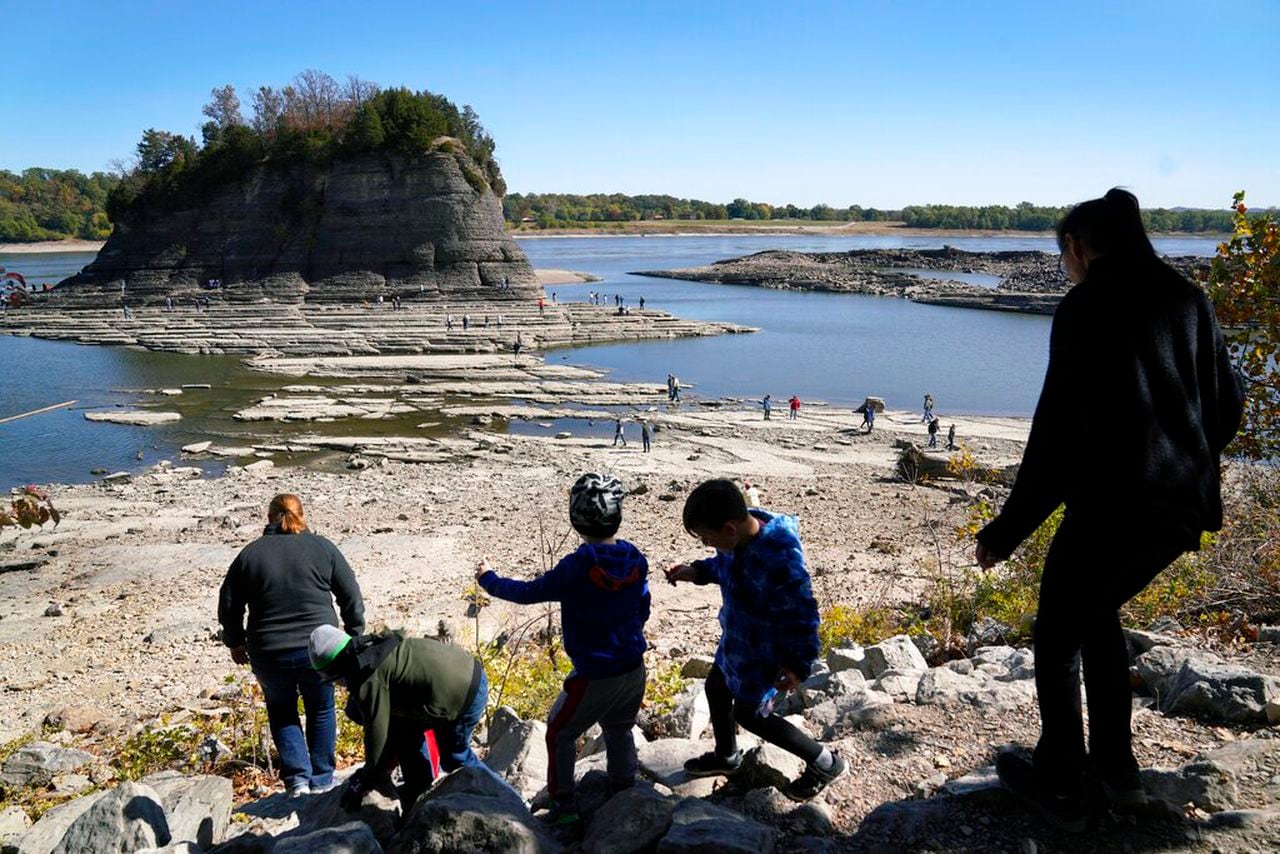Climate crisis hotspots are concentrated in the South
In the midst of an escalating climate crisis, a pioneering new tool developed by the nonprofit Environmental Defense Fund and Texas A&M University is setting out to pinpoint where and why certain U.S. communities are most at risk.
One of its main findings is that vast areas of the South are at severe risk from climate-related disasters, noting that the top ten at-risk counties in the nation are also all in that region.
The U.S. Climate Vulnerability Index (CVI), leveraging an extensive array of 184 data sets, has ranked more than 70,000 census tracts, offering an unprecedented view into the geographical heart of America’s climate vulnerability.
It measures everything from individuals’ proximity to grocery stores, health outcomes, and minority status to the likelihood of pollution-related illnesses and how infrastructure, transportation, and housing contribute to increasing or decreasing climate risks.
The tool aims to help policymakers and advocacy groups make better decisions about directing resources to overcome vulnerabilities.
“The Biden Administration has made a historic level of funding available to build toward climate justice and equity, but the right investments need to flow to the right places for the biggest impact,” says Dr. Grace Tee Lewis, a senior health scientist at the Environmental Defense Fund in a press release. “The (index) equips and enables communities, policymakers, and organizations to proactively address vulnerabilities and enhance resilience in the face of a changing climate.”
Recent legislative measures such as the Inflation Reduction Act, the Bipartisan Infrastructure Law and the Justice 40 Initiative push to bolster resilience in the nation’s most vulnerable communities.
Five of the top ten at-risk communities are in Louisiana, a state well-known for its vast network of gas pipelines, petrochemical plants, and liquefied natural gas terminals that ship natural gas worldwide.
The election of climate-change denier Jeff Landry as governor will likely result in increased fossil-fuel energy production and make it harder to mount environmental justice challenges. Landry has a long history of opposing such challenges and has the support of the legislature. As attorney general of Louisiana, Landry was among state attorneys general who challenged the Obama administration’s Clean Power Plan, which aimed to regulate carbon dioxide emissions from power plants. Landry supported the Keystone XL Pipeline and opposed actions hindering its completion.
Landry has taken legal actions to defend and support oil and gas leasing in federal waters, especially given the industry’s importance to Louisiana’s economy.
But answering the question of why the South and, in particular, Louisiana, are most at risk from climate change is not easy.
“It’s multi-factorial and very complex when asking the question of why this happens in the South,” said Thomas Douthat, professor of environmental sciences at the Louisiana State University College of the Coast & Environment. “This region has a lot of low-income Black and white communities that have low wealth, poor public health outcomes, live among heavy industry and in geographically low lying areas that get a lot of hurricanes and floods.”
Douthat also said that some regions were at risk of attracting more polluting industries and losing them. This paradox exists throughout the South, where good jobs are championed but often come with downsides, like pollution and environmental destruction associated with the construction of chemical plants and gas terminals.
In Louisiana, many of the stressors contributing to extreme examples of climate vulnerability exist in the same places.
“We have the socio-economic, climate, and industry stressors all happening in Louisiana,” added Douthat, whose expertise is in understanding how socio-environmental systems adapt to environmental and economic change. “Some of them have to do with land use regulation, industrial permitting, and there are also real questions to be asked about how much local agency there is to change these issues, and they raise lots of questions but don’t necessarily give us answers to what causes them.”
At the top of the list of vulnerable counties, or parishes, is St. John the Baptist Parish just north of New Orleans. The vulnerability index is measured in percentiles. St. John the Baptist Parish is in the 99th percentile for its climate vulnerability, with high scores for lack of transportation, financial services, mental health and infrastructure, among other contributing indicators. This means the community’s resilience to climate change and severe weather events like hurricanes, flooding and heatwaves is among the lowest in the country.
Also in the top ten climate-vulnerable U.S. counties are Iberville, Louisiana; Dillon, South Carolina; Knox, Kentucky; Tangipahoa, Louisiana; St. Landry, Louisiana; Acadia, Louisiana; Floyd, Kentucky; Talladega, Alabama; Yazoo, Mississippi.
While the authors of the index hope it will drive climate action and effective solutions, Douthat said the index’s information will likely lead to different solutions depending on who is asked and what their ideology is.
“Solutions depend on the ideological position someone wants to take,” he said. “But a direct way to answer it might be to say we need to improve people’s health, increase economic growth, take a comprehensive look at wellbeing, planning issues and education while thinking about the intersection of how those stressors interact with the climate events we face in Louisiana.”
